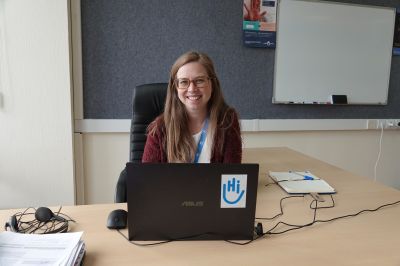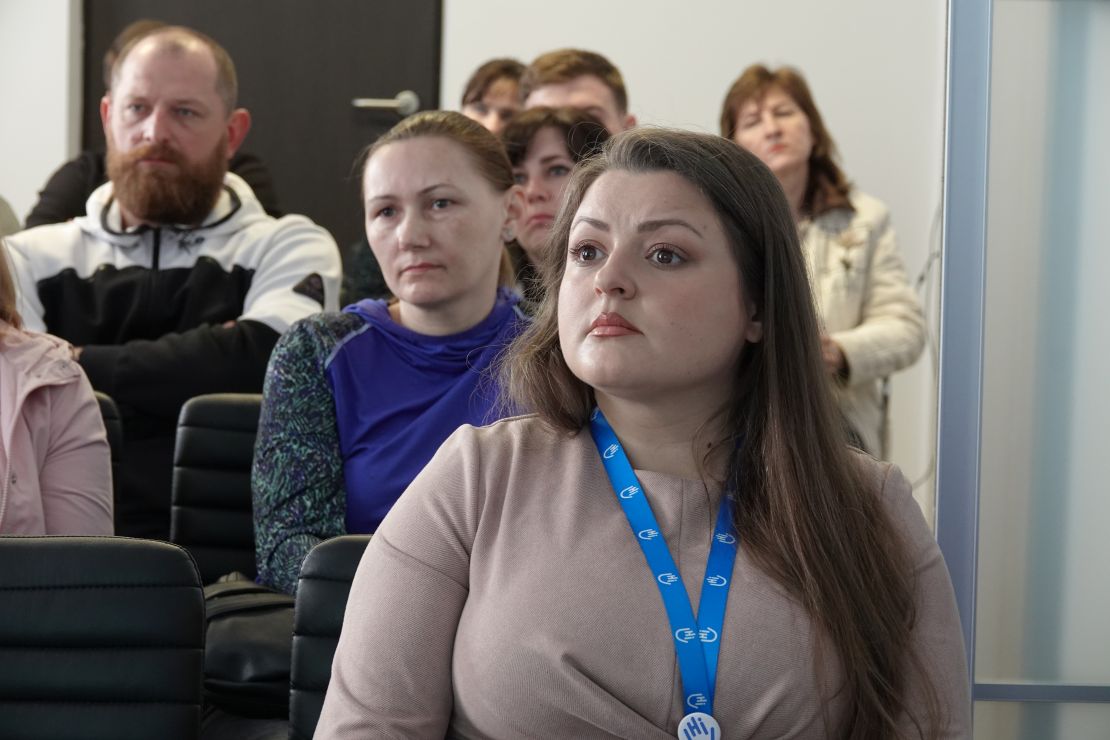What is the scale of the danger posed by explosive weapons in Ukraine?
Kaitlin Hodge: According to the United Nations, more than 20,000 people have been injured or killed by explosive weapons use in Ukraine since February 2022, including some 800 civilians.
 Since February 2022, the violence has escalated continuously and today almost all of Ukraine’s regions have suffered air strikes. The weapons used in these air strikes are becoming increasingly sophisticated and so the explosive remnants left behind will be more difficult to clear. In addition to these explosive remnants, in the disputed regions, there are a lot of mines and other types of explosive ordnance such as shells and rockets dating back to the start of the war in Ukraine in 2014.
Since February 2022, the violence has escalated continuously and today almost all of Ukraine’s regions have suffered air strikes. The weapons used in these air strikes are becoming increasingly sophisticated and so the explosive remnants left behind will be more difficult to clear. In addition to these explosive remnants, in the disputed regions, there are a lot of mines and other types of explosive ordnance such as shells and rockets dating back to the start of the war in Ukraine in 2014.
In total, about 160,000 square kilometres of territory have seen fighting – the equivalent of half of Germany. If all this territory is contaminated, Ukraine will be the most contaminated country in the world in terms of surface area.
What support does HI provide to the Ukrainian population in terms of risk education? How long will this support be needed?
Kaitlin Hodge: HI's assistance is focused on prevention to prepare civilians for armed violence and explain the dangers of explosive remnants: how to recognise dangerous areas and the behaviour to adopt in these areas; the useful items to carry in a handbag; how to evacuate a building; how to help people with disabilities who are unable to reach safety on their own, and so on.
Olga Savchenko: We work with adults and children who are victims of the conflict, displaced people and returnees. It can be particularly dangerous for returnees. They weren’t around during the fighting and so don't know where the armed forces were stationed and which areas should be avoided because of the presence of explosive devices.
Kaitlin Hodge: The Ukrainian population will need help for decades to come. Cambodia, for example, which saw civil war in the 1970s and 1980s, is still contaminated by explosive remnants today.
Civilians have to learn to live differently when their land is contaminated. For farmers, for example, how can they cultivate their land safely and ensure their livelihood?
What are the main challenges in the field for a humanitarian organisation like HI?
 Olga Savchenko: One of our main challenges is raising awareness among as many people as possible, including those in areas where fighting is still underway and inaccessible for security reasons. For people living too close to the combat zones for us to reach, we have put online awareness raising in place, because it is obviously especially important in these areas.
Olga Savchenko: One of our main challenges is raising awareness among as many people as possible, including those in areas where fighting is still underway and inaccessible for security reasons. For people living too close to the combat zones for us to reach, we have put online awareness raising in place, because it is obviously especially important in these areas.
As the conflict is still ongoing, we have to be very flexible when planning our activities and constantly adapt our training.
What is everyday life like for Ukrainians as they enter their second year of war?
Olga Savchenko: They try to lead a normal life, although the war affects every aspect of their daily existence. Many children can't go to school because there is no basement that can serve as an air raid shelter. As attacks can happen at any time and there are often power outages afterwards, people can't use lifts.
Travelling anywhere takes much longer. Before the war, you could reach Polish cities by plane in 2 hours, whereas today it takes 20 hours by train just to reach the Polish border.
Finally, a lot of families are still in complicated situations. Many women and children have fled abroad. The men and fathers, most of whom had other jobs, are now in the army. Once the war is over, it will be very difficult to reunite families, to rebuild houses, but also to learn to live together again as a family and community.
Kaitlin Hodge: The Ukrainians are resilient people, but they have been living with relentless stress for over a year. The psychological impact of the war has been huge. This is why HI is also providing individual and group psychosocial support. The needs are exponential.
1Explosive Ordnance Risk Education
2 Armed Violence réduction





